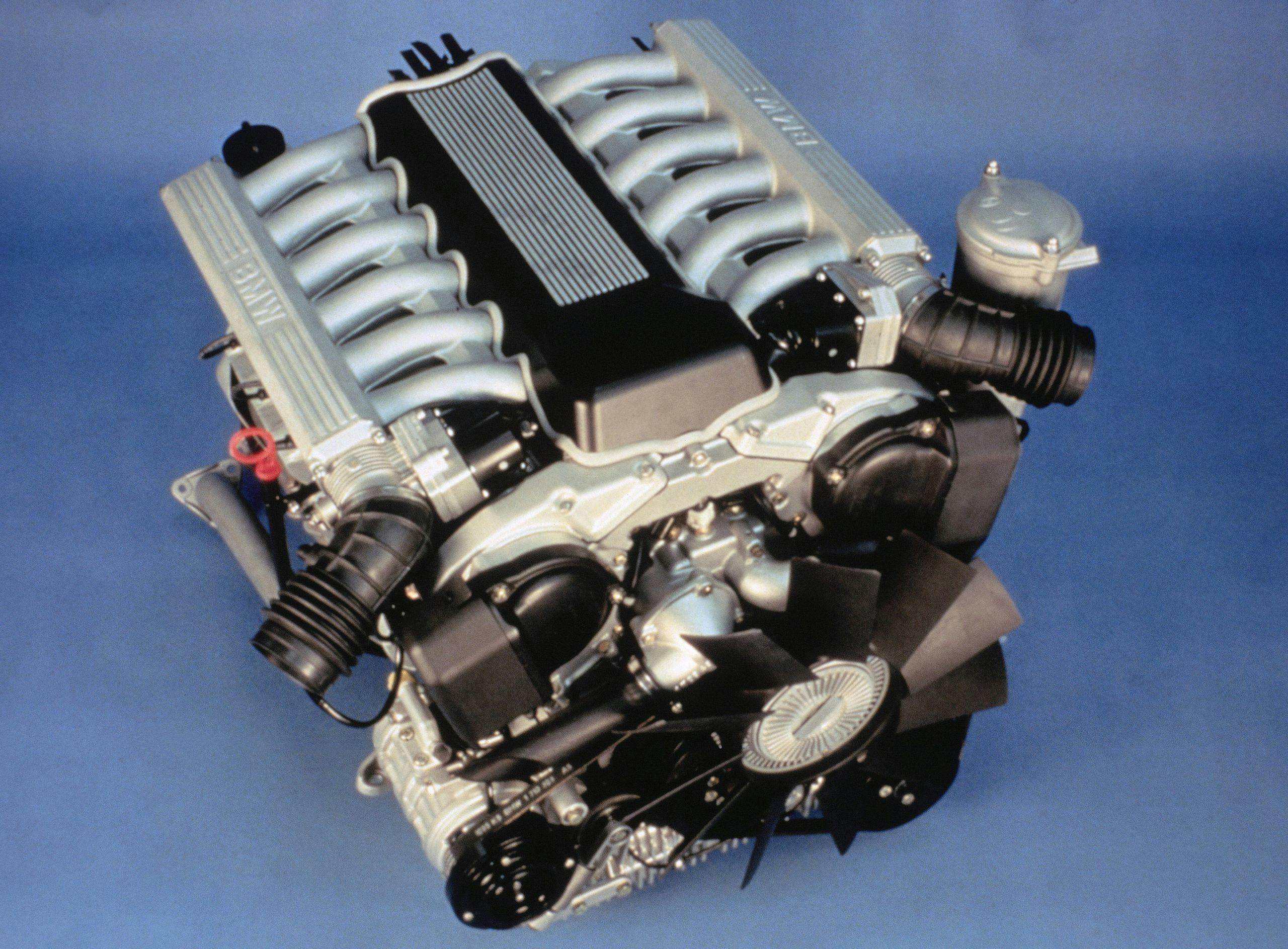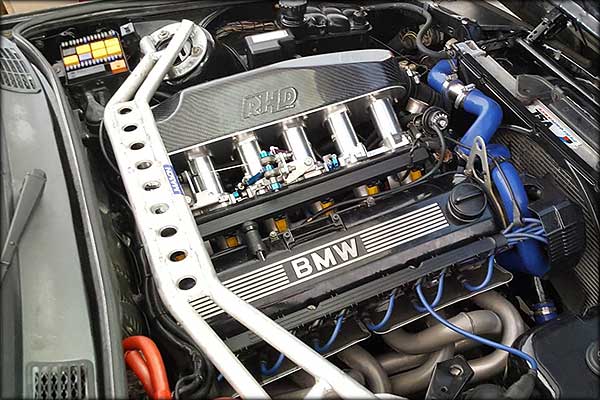Usual Concerns Encountered by BMW Engine Owners and Just How to Address Them
Usual Concerns Encountered by BMW Engine Owners and Just How to Address Them
Blog Article
Checking Out the Evolution of Burning Engines in Modern Transportation Equipments
As we navigate the landscape of contemporary transport, the development of combustion engines stands as a testament to human resourcefulness and design expertise. The interaction of history, innovation, and ecological problems in forming the trajectory of burning engines produces a narrative that is both compelling and informative.
Very Early Beginnings of Combustion Engines
How did the idea of burning engines initial emerge in the early phases of transport advancement? When the concepts of inner burning were first checked out, the origins of combustion engines can be mapped back to the 17th century. In 1673, Christian Huygens conceived a standard inner burning engine that used gunpowder to generate power. It wasn't until the late 19th century that useful applications of combustion engines in transportation started to arise.
The development moment included the invention of the first effective gasoline-powered engine by Karl Benz in 1885 - bmw engine. This engine led the method for the advancement of the modern car, changing transport systems worldwide. Succeeding innovations by Nikolaus Otto and Gottlieb Daimler even more fine-tuned combustion engine technology, leading to the automation of cars and the quick expansion of the transportation market
These very early burning engines were defined by their simplicity and efficiency, laying the foundation for the complex and effective engines made use of in contemporary transport systems. The development of burning engines has actually contributed in forming the means we travel and move products, noting a substantial turning point in the history of transport development.
Change to Internal Combustion Modern Technology
The transition to interior combustion modern technology noted an essential change in the evolution of transport systems. This shift began in the late 19th century, with inventors like Nikolaus Otto and Gottlieb Daimler creating the first effective inner combustion engines. These engines transformed transportation by supplying an extra reliable and effective alternative to heavy steam engines and electrical motors.
One of the crucial advantages of internal burning engines was their capability to be scaled down to suit lorries, causing the development of bikes and vehicles. This shift from cumbersome, fixed engines to compact, mobile ones led the way for the modern-day transportation systems we see today.
The change to interior combustion modern technology also spurred developments in gas modern technology, leading to the development of fuel and diesel as main gas resources for cars. This shift not only made transportation a lot more accessible to the masses however additionally laid the structure for the oil and gas industry to end up being indispensable to worldwide economies.
Impact of Combustion Engines on Transportation
The fostering of combustion engines in transportation systems catalyzed a profound change in the efficiency and speed of international wheelchair. Combustion engines transformed transport by giving a reputable and functional resource of power for numerous cars, including automobiles, ships, planes, and trucks. This advancement dramatically improved the capacity for items and people to conform cross countries in shorter period, resulting in enhanced connection between areas and countries.
Furthermore, the extensive use combustion engines has actually had a substantial influence on economic growth. The ability to carry products effectively has actually stimulated trade and commerce, allowing businesses to increase their markets and get to consumers worldwide. This has actually helped with financial growth and globalization, as items can now be moved faster and in larger amounts than in the past.
Nonetheless, the environmental impact of burning engines can not be overlooked. The burning of nonrenewable fuel sources has led click reference to air contamination and greenhouse gas exhausts, adding to climate adjustment and posturing wellness risks to populations. bmw engine. Because of this, there is an expanding emphasis on creating alternate propulsion innovations to reduce these unfavorable impacts and develop a more sustainable future for transport
Innovations in Combustion Engine Layout
Countless innovations in combustion engine design have actually moved the development of transportation systems over the decades. One noteworthy advancement is the development of turbocharged engines, which make use of exhaust gases to drive a generator that compresses incoming air, allowing for more fuel to be burned, resulting in raised power output without a significant boost in engine dimension. In addition, direct injection technology has actually boosted fuel effectiveness and performance by exactly managing the quantity and timing of gas infused into the combustion chamber. Variable shutoff timing systems have additionally changed engine style by maximizing air flow at various engine rates, enhancing both power and effectiveness. One more considerable innovation is the assimilation of lightweight materials such as carbon fiber and aluminum alloys, minimizing total engine weight and boosting lorry gas economic situation. Developments in computer-aided style have allowed engineers to maximize engine performance and efficiency with simulations prior to physical models are built, saving time and resources in the growth procedure. These technologies collectively add to the constant renovation of combustion engines in modern transportation systems.
Future Patterns in Combustion Engine Development
With innovation advancements driving continual advancement, the future of combustion engine development is poised to revolutionize transport systems around the world. One of the key trends in combustion engine advancement is the push in the direction of greater effectiveness and lowered discharges.
An additional popular pattern is the fostering of hybrid modern technologies in burning engines. Hybrid engines integrate traditional combustion technology with i thought about this electric power, using improved gas efficiency and lower exhausts. As the automobile sector changes in the direction of electrification, crossbreed burning engines are viewed as a transitional solution that bridges the gap in between standard lorries and fully you can try here electrical ones.
In addition, the assimilation of smart technologies, such as fabricated knowledge and data analytics, is anticipated to play a significant role in the future of combustion engine development. These innovations can optimize engine performance in real-time, resulting in a lot more effective burning procedures and boosted general car performance. Welcoming these future trends will certainly not only drive technology in combustion engine advancement yet likewise add to a more sustainable and eco-friendly transportation environment.

Final Thought
To conclude, the advancement of burning engines in modern-day transport systems has actually been marked by considerable advancements in innovation and layout. From the very early beginnings of combustion engines to the shift to inner combustion modern technology, these engines have actually had a profound effect on transportation. Innovations in burning engine design remain to drive progression in this field, with future patterns focusing on more boosting performance and minimizing exhausts. The future of combustion engines in transport looks appealing as r & d efforts proceed to press boundaries.
The origins of combustion engines can be mapped back to the 17th century when the principles of internal burning were initial checked out. These engines transformed transport by supplying a more powerful and effective option to vapor engines and electrical motors.

Report this page